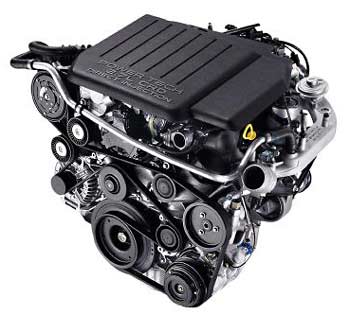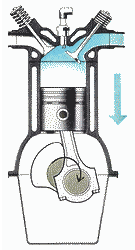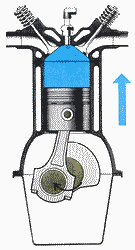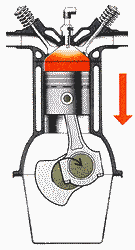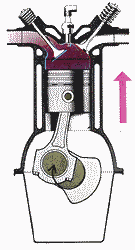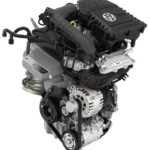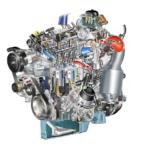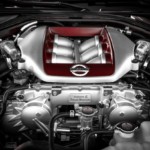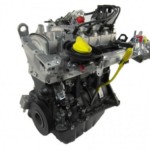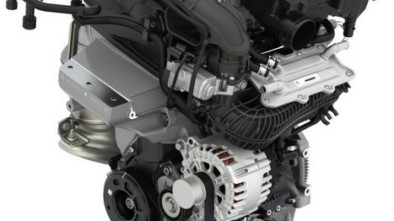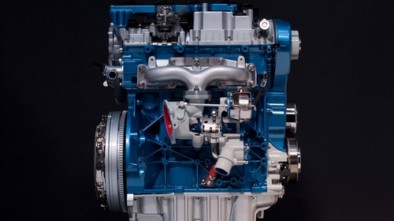How does a car engine work?
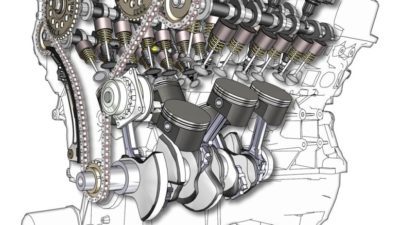
Car engine
Almost certainly at one point you looked under the hood of a car and thought: what is the engine here and what is all this for, or did you hear someone say "sixteen valve engine", "two cams" or something like that and you didn't understand what it was about true story. We will try to clarify some terms as well as to briefly describe the operation of the engine.
THE BASICS
The purpose of the engine is to convert the fuel into motion and thus ensure the car is started. Currently, the easiest way to make a move from fuel is to burn fuel inside the engine. Of course, a car engine is an internal combustion engine - combustion takes place inside. A few things to note
- There are different types of internal combustion engines. Diesel engines are one, jet engines second, gasoline third, and rotary (Vankel) again a fourth group. Of course, each of these groups has its advantages and disadvantages.
- There are also external combustion engines. A steam engine is a typical example of an external combustion engine. However, for certain reasons (large size, low efficiency) these engines are very impractical for cars.
Today, a large percentage of cars use an internal combustion engine for the following reasons:
1. Relative efficiency (compared to external combustion engines)
2. Relative Cheapness (Compared to Gas Turbine Engines - Used by Aircraft)
3. Relatively easy refueling (relative to electric motors)
These are the advantages of the technology that makes it possible to produce the cheapest car for now.
COMBUSTION
When it comes to a car engine, it is mostly referring to a four-stroke combustion cycle that ensures that the combustion of the fuel is turned into motion. The four-stroke cycle was conceived by Nikolaus Otto in 1867 and was named after the Otto cycle. What distinguishes gasoline and diesel engines is that the mixture of fuel and air in the piston-compressed cylinder of the gasoline engine ignites the spark plug, while in diesel the mixture ignites itself due to the high degree of compression that sucks the air to the point where it explodes. Individually, the four-stroke operating stages perform the following processes:
1. vacuuming
2. compression
3. expansion
4. blowing out
We said that it is necessary to mix air and fuel for combustion. For complete combustion, the most favorable fuel-air ratio is constant and amounts to (14,7: 1 in favor of air in gasoline engines). To increase the obtained energy (as well as engine power), it is simply necessary to burn more mixture. That is why engines with a larger volume, as a rule, develop more power because they fit more mixture in the cylinder. The piston (which compresses the mixture or air) in operation moves between two positions - the lower and upper dead center, crossing the path we call the stroke of the piston. If we take into account its diameter (pistons are usually round in cross section), the volume of the cylinder can be represented as the space between these two end positions of the piston. The volume of an engine can be represented as the product of the volume of one cylinder and the number of cylinders. The ratio of the maximum volume of the cylinder (when the piston is in the lower dead center) and the space in which the mixture is compressed by the arrival of the piston in the upper dead center is called degree of compression.
The energy obtained by combustion of the mixture significantly depends on the degree of compression, and by increasing it (up to a certain limit), the engine power also increases. The consequence of combustion of the mixture is an increase in the volume of gases inside the cylinder. This expansion moves the piston downwards, and it rotates the crankshaft (crankshaft) by means of the connecting rod. This rectilinear movement of the piston turns into a circular one which is then passed to the transmission mechanism, and finally to the wheels. In order for the car engine to be able to "breathe" properly, ie. suck the mixture into the cylinder and expel the combustion products from it, take care of the valves. There are two types of valves: intake and exhaust, and the rhythm of their opening and closing dictates the number of engine speeds, which changes depending on how much the accelerator pedal is pressed. Modern engines have more valves per cylinder for better gas exchange. Thus, two intake and two exhaust valves allow one (four-cylinder) 16-valve engine to significantly "breathe", and thus achieve greater power compared to the classic (two-valve) version.
1st tact: Suction (suction valve open, exhaust closed)
2st tact: Compression (both valves closed, piston compresses mixture)
3st tact: Expansion (spark plug sparking the mixture and gasses expanding by pushing the piston)
4st tact: Exhaust (Exhaust Fan is open, suction is closed)
VOLUME
The space in which the compression and explosion of the mixture occur under the piston movement changes, ie. changes its volume. This volume, therefore, has its minimum and maximum value. The difference between them is called engine volume and is measured in liters, cubic centimeters (ccm) or in areas where the metric system in cubic inches (cin) still does not apply. One liter has 1000 cc, while one cubic inch has about 16,4 cubic centimeters.
For example:
The chainsaw has a 40cc engine.
A motorcycle can have an engine from 50 to 1300ccm.
A sports car can have a 5l (or 5000cc) engine.
Most ordinary passenger cars today have between 1000 and 3000 cc.
The cylinders are of the same volume, so the 2.0 l four-cylinder car engine has a capacity of 500ccm. In principle, volume can roughly indicate how much power the engine can develop. The arrangement of the cylinders in the engine may be in a row, in V (at some angle) or laid or so-called. boxer motors.
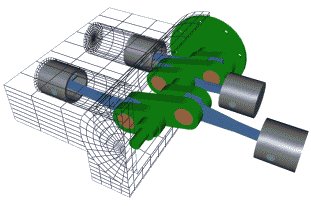
Boxer motor
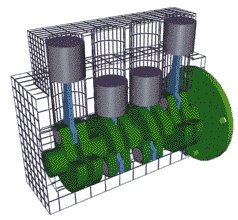
Regular engine

V-shaped engine
Retrieved from: nacionalnaklasa.com
Recommendation of similar texts:

Hi there, I am Mladen and I am an auto enthusiast. I started this blog years ago to help like minded people share information about latest cars, car servicing ideas, used car info, exotic cars, and auto technology. You will find helpful articles and videos on a wide variety of cars - Audi, Mercedes, Toyota, Porsche, Volvo, BMW and much more. Ping us if you have anything cool to share on latest cars or on how to make older cars more efficient, or just want to say hi!

